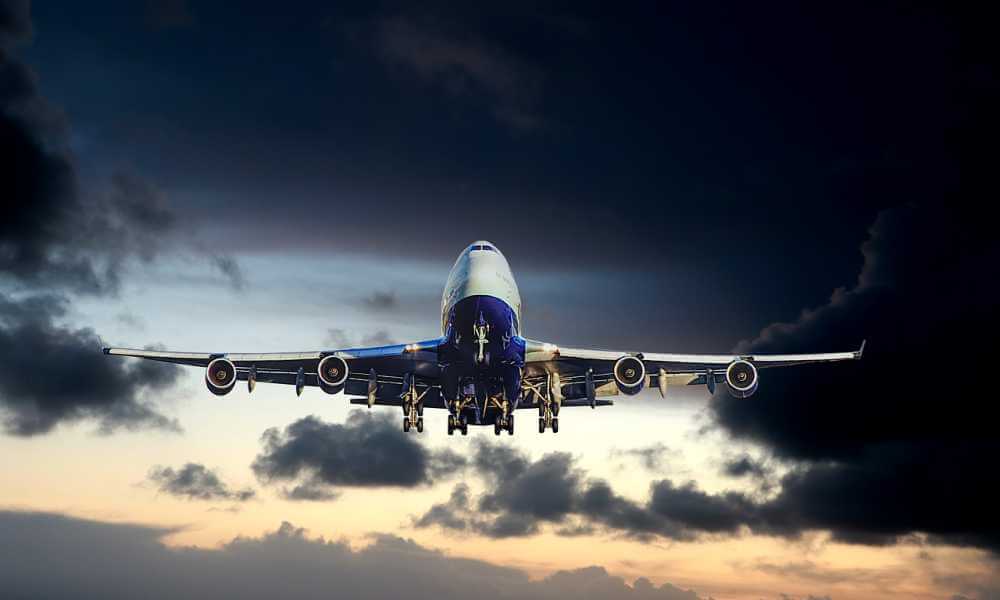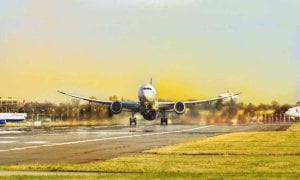Aviation industry: The universal set of aviation industry is huge and large. It will in its comprehensiveness include multiple facets of aviation the staff colleges of airlines, vendors, suppliers, the lawmakers, the regulators.
The industry of aviation works overtime to take people from one part of the globe to another, ferry cargo, take freight along the globe, and one of the greatest gift from this industry is the fifty seven millions employment opportunities that this industry has created all over the globe.

The business is also huge in the real sense producing more than USD two trillion of business in a financial year. In terms of growth rate it has been noticed that the growth rate has been seen up to seven per cent. This figure includes the business travelers and the travelers moving for recreation and fun.
Also read Challenges facing by Global Aviation Industry
In terms of market size United States of America rule the roost by having a magnum share of thirty three per cent of the globe’s total aviation industry market.
History of Aviation Industry
One of the earliest fantasy and known dreams of man is his dream to fly like birds. It is one fantasy, which has always fascinated the early man. It was not until the nineteenth of the century that his dream was answered and humankind could achieve some success in this field too. The first step to this dream achievement was the concept of “AIRSHIP” which was a semi spherical shaped silk ball which was filled with the gas named hydrogen, and to it was harnessed a wooden boat to its base.
It was a team of six or eight people who propelled this invention through the ropes, which were harnessed, to this balloon, in a fashion similar to what the parachutes do their maneuvering of the parachutes. The experimentation continued and so was the zest for flying. The dawn of the twentieth century the experiments were done with gliders and balloons.
It was the morning of 17th December 1903 that the siblings the Wright Brothers named Oliver and Wilber who belonged to Kitty Hawk, North of Carolina in the USA made the four yearlong experimentation successful with their invention which was 120 foot, 12 second length of flight that too by a powered machine and this machine had more weight than the air.
As an inventor they were the first one but as a passenger Leon DE LaGrange will be written as the first aviation passenger that too feat achieved in the year 1908. With this the commercialization entered and the concept of scheduled flights arrived with the dawn of 1914 that is January 1, Glenn Curtis presented to the world his latest invention of a craft which could fly as well as land on water. Boeing brought its modern passenger airliner the Boeing 247 which was presented to the world in the year 1933.
The early planes were dependent on the cockpit and moving parts of the crafts. The connections were mechanical and were connected through yoke, rudders, pedals etc. The pilots were in pressure. Slowly with growth in aircraft technology and growth was seen in more reliable computers, full authority digital engine control systems, and fly-by-wire electronic movements of planes, navigation and autopilot.
The flight engineer became useless in 1989 with the arrival of Boeing 747-400. The development of technology can be gauged by the fact that from 1000 dials gauges and knobs in cockpit it just reduced to 365. Fly –by-wire was a major technology development in the sense it removed mechanical connection of the pilot control and aircraft control surface from knobs and gauges to electronic signals.
The movement of pilot was converted into signals and the jets could make the move deciphering these electrical signals. Here the main issue was that many a times pilot may be harsher with their movements in such a scenario the pre determined limits of jet maneuvering stop the jet to get unstable. It will also alert the pilot in the cockpit through an alarm, which will ring inside the cockpit giving an alarm to the pilot.
Also read Airport Lounges





